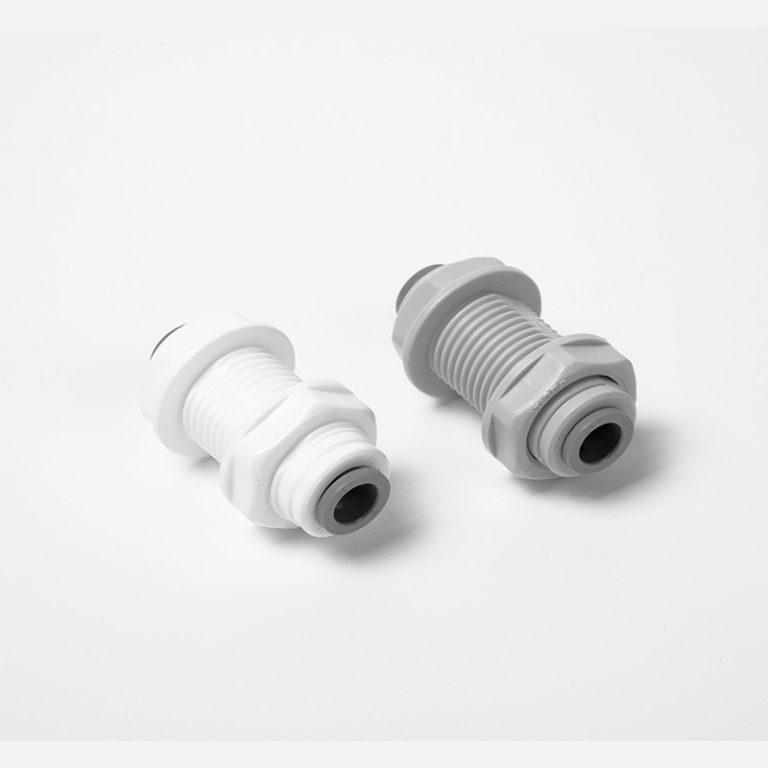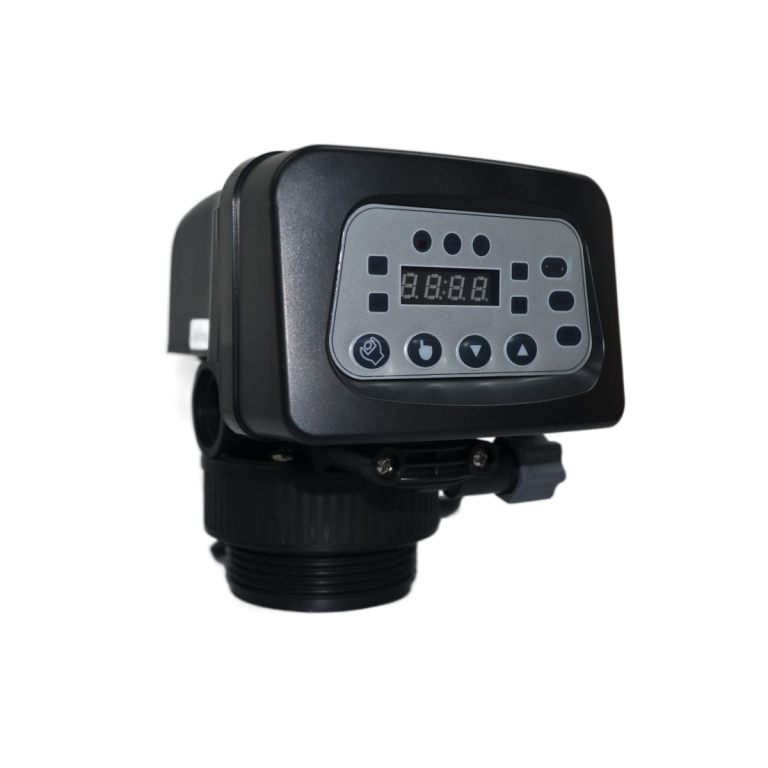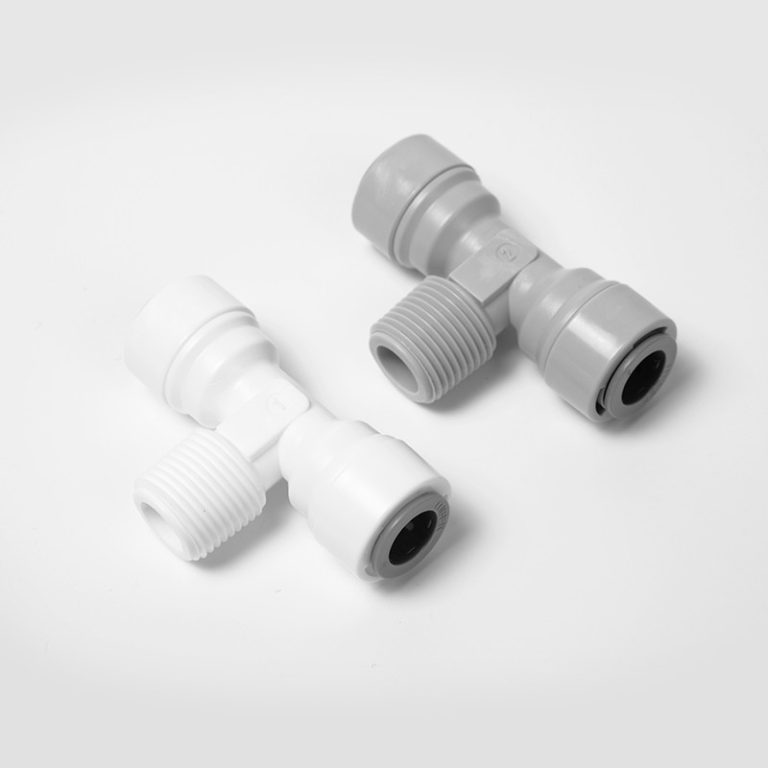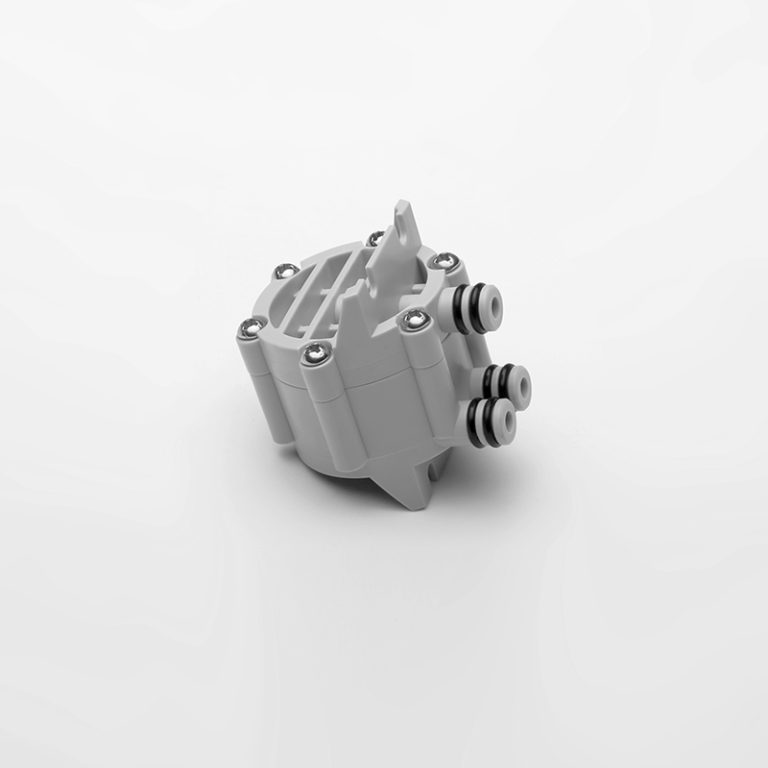Position of water softener bypass valve: “Efficiently control your water’s softness with the right bypass valve position.”
Understanding the Importance of Proper Positioning for Your water softener bypass valve
Understanding the Importance of Proper Positioning for Your water softener bypass valve
Water softeners are essential appliances in many households, as they help remove minerals and impurities from the water supply. However, there may be times when you need to bypass the water softener temporarily, such as during maintenance or when using water for specific purposes that do not require softening. In such cases, it is crucial to understand the proper positioning of the water softener bypass valve to ensure its effective operation.
The water softener bypass valve is a small but significant component of your water softening system. It allows you to divert water flow around the water softener, effectively bypassing the softening process. This is particularly useful when you need to shut off the water supply to the softener for maintenance or repairs, or when you want to use unsoftened water for tasks like watering the garden or filling a swimming pool.
To properly position your water softener bypass valve, you must first locate it. The bypass valve is typically located near the water softener unit itself, often on the back or side. It is usually a lever or a knob that can be turned to divert water flow. Once you have located the bypass valve, you can proceed with positioning it correctly.
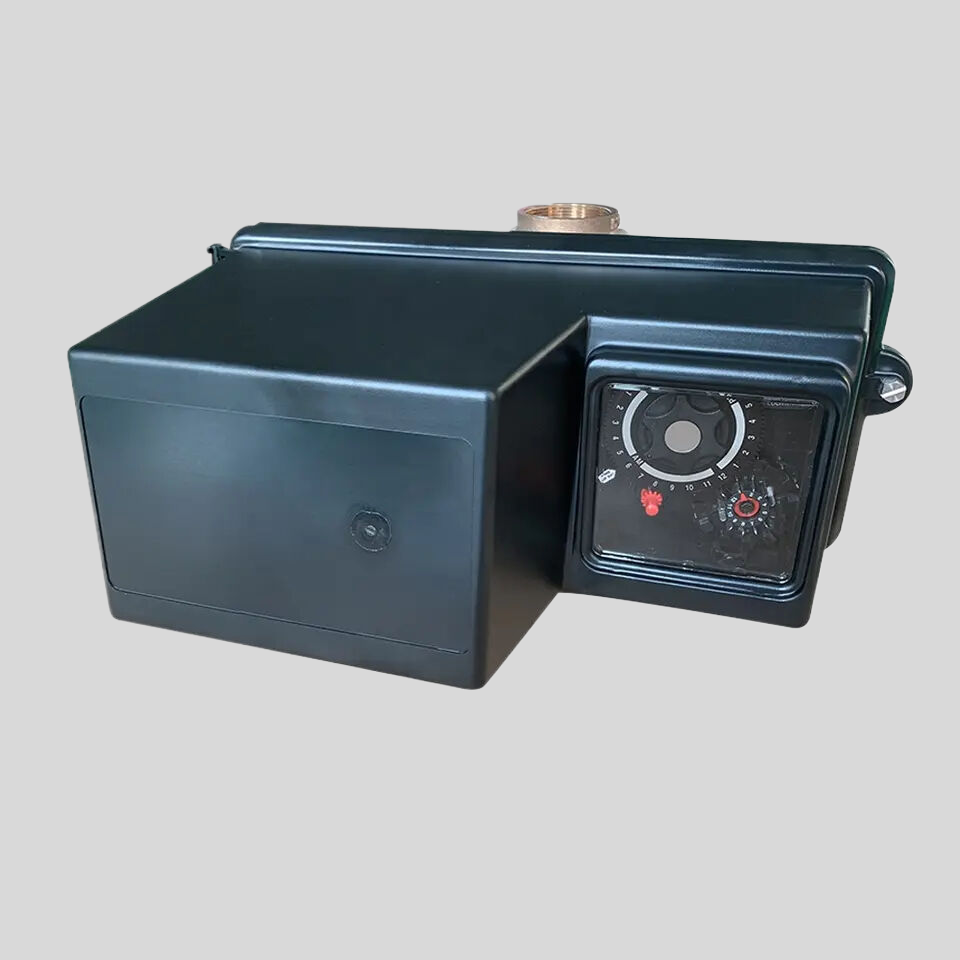
When the bypass valve is in the “bypass” position, water flows directly through the valve and bypasses the water softener. This means that the water will not be treated or softened in any way. It is important to note that when the bypass valve is in this position, the water softener is effectively shut off, and no water will flow through it.
Conversely, when the bypass valve is in the “service” position, water flows through the water softener, allowing it to remove minerals and impurities. This is the normal operating position for the water softener, and it ensures that the water supply to your home is properly treated and softened.
It is crucial to position the bypass valve correctly to avoid any issues or complications. If the bypass valve is left in the “bypass” position when the water softener is not being serviced, the water supply to your home will not be treated, and you will be using unsoftened water. On the other hand, if the bypass valve is left in the “service” position when the water softener is being serviced or repaired, water may leak or flow improperly, leading to potential damage or flooding.
| Model | Valve Material | Inlet/Outlet | Continuous (0.1Mpa drop) | Peak (0.175Mpa drop) | Cv** | Maximum Backwash (0.175Mpa drop) | Distributor Pilot | Drain Line | Brine Line | Mounting Base | Height (from top of the tank) |
| CM28 | Unleaded brass | 1-1/2″ | 11.5m³/h | 15m³/h | 13.2 | 49gpm | 1.5″I.D. | 1″(male) | 1/2″, (3/8″) | 4″-8UN | 6-1/2″ |
To ensure proper positioning of the bypass valve, it is recommended to follow the manufacturer’s instructions or consult a professional plumber. They can guide you on the specific steps to take and provide any necessary advice or assistance.
In conclusion, understanding the importance of proper positioning for your water softener bypass valve is crucial for the effective operation of your water softening system. By correctly positioning the bypass valve, you can ensure that water flows through the softener when needed and bypasses it when necessary. This allows you to maintain the quality of your water supply and avoid any potential issues or complications. Remember to consult the manufacturer’s instructions or seek professional guidance to ensure the correct positioning of your water softener bypass valve.

